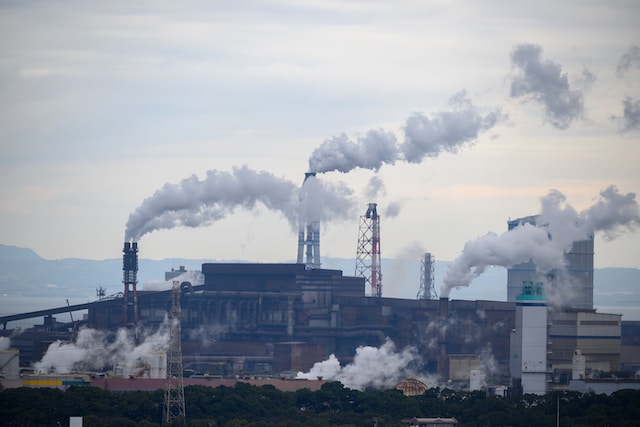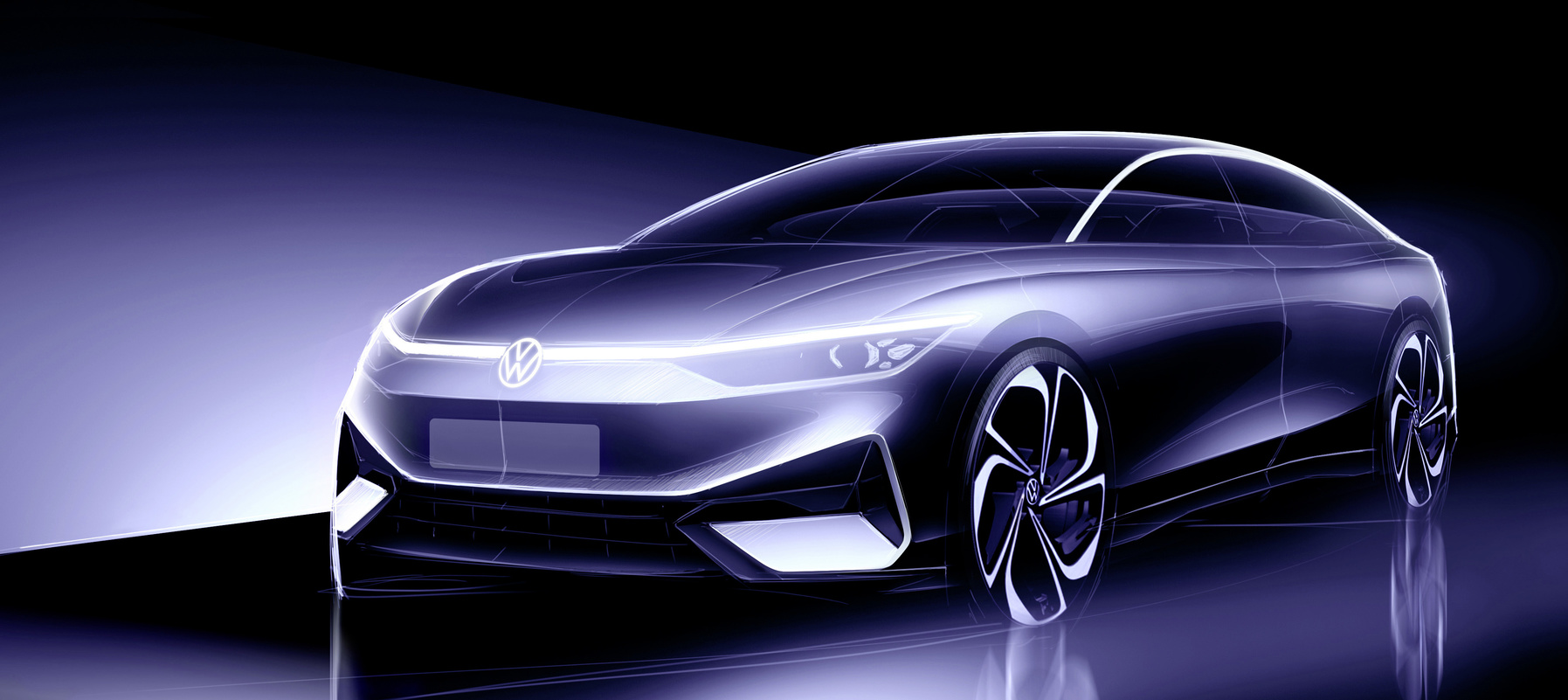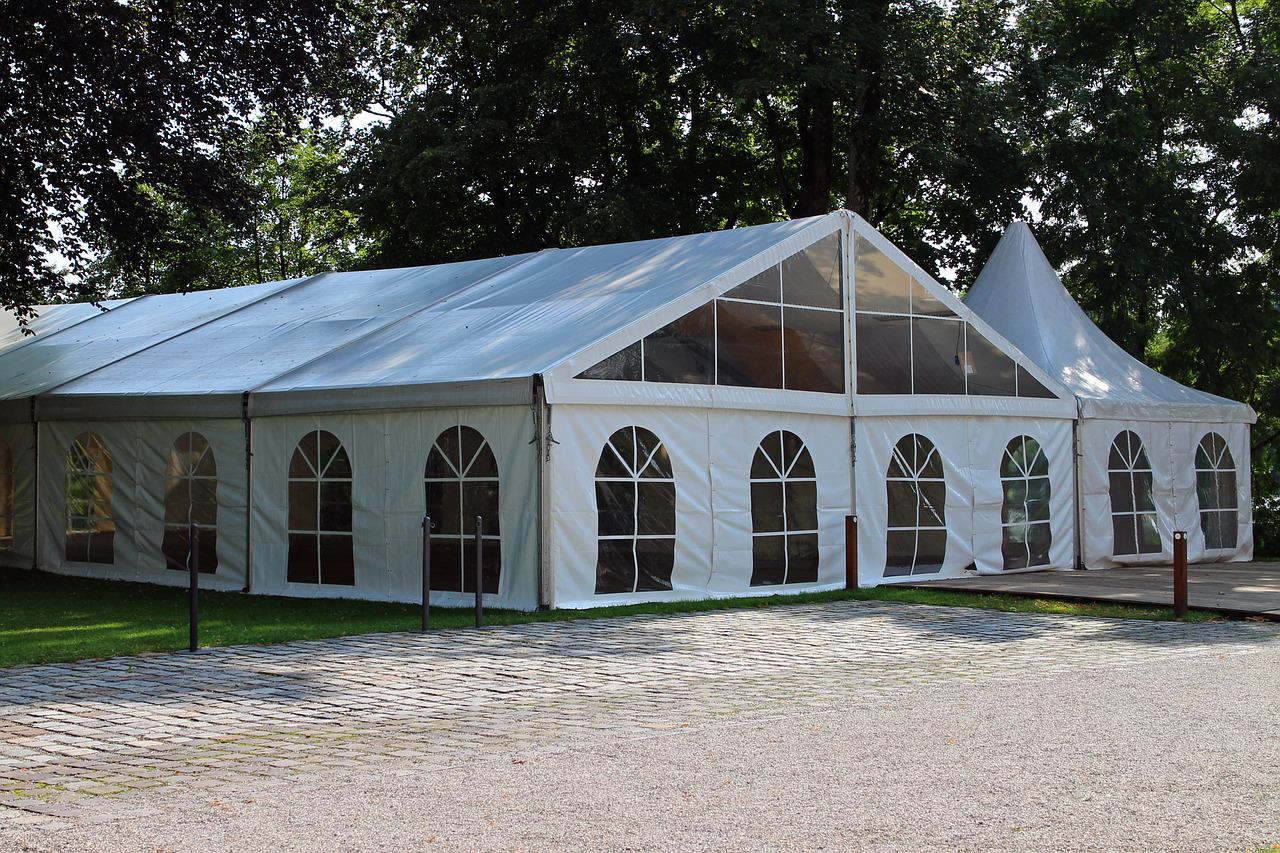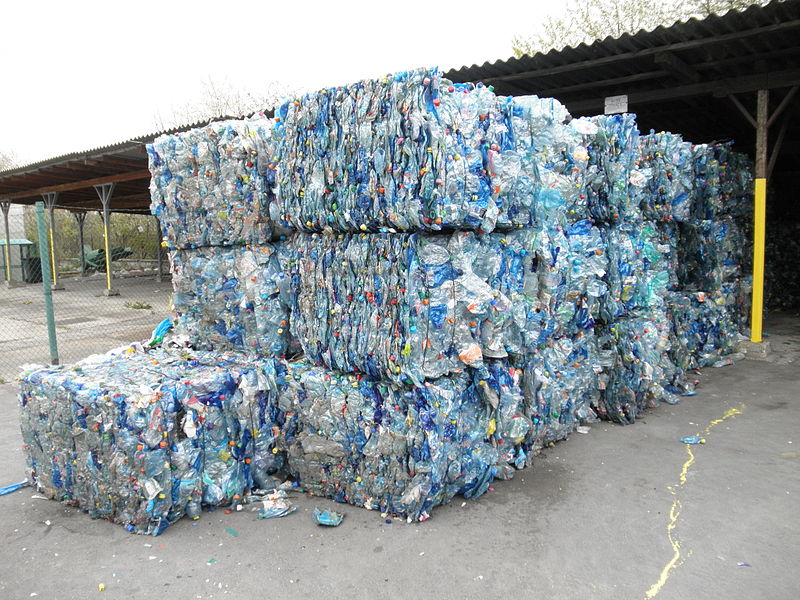The US Department of Energy (DOE) announced the largest investment in “engineered carbon removal” of up to $1.2 billion. The two projects will utilize the process of Direct Air Capture (DAC), meaning that it will directly remove carbon dioxide from the air. Each project will remove over 250 times more carbon dioxide than the largest currently operational DAC, accelerating the reach of the net-zero economy target by 2050.
The Project Cypress will be located in Calcasieu Parish, Louisiana, while the South Texas project in Kleberg County, Texas, each enabling the capture of up to one million metric tons of carbon dioxide annually at the beginning. As said by the US Secretary of Energy Jennifer M. Granholm, “If we deploy this at scale, this technology can help us make serious headway toward our net zero emissions goals while we are still focused on deploying more clean energy at the same time,”
Additionally, these projects are estimated to create 4,800 local jobs for people who were previously employed in the fossil fuel industry. However, although some scientists agree on investments in such direct air capture, others are against it, as this technology is still not mature.
As commented by Melissa Lott, director of research for the Center on Global Energy Policy at Columbia University, “We need to look at reducing emissions as quickly as practically possible,”, adding that “This means more efficiency, more clean energy, and the use of other technologies including carbon management,”
On the other hand, Jonathan Foley, executive director of Project Drawdown said, “This money could be so much better spent on actual climate solutions that would be cutting emissions from the get go,”, adding that “What worries me and a lot of other climate scientists is that it potentially creates a fig leaf for the fossil fuel industry … the idea that we can keep burning stuff and remove it later,”







